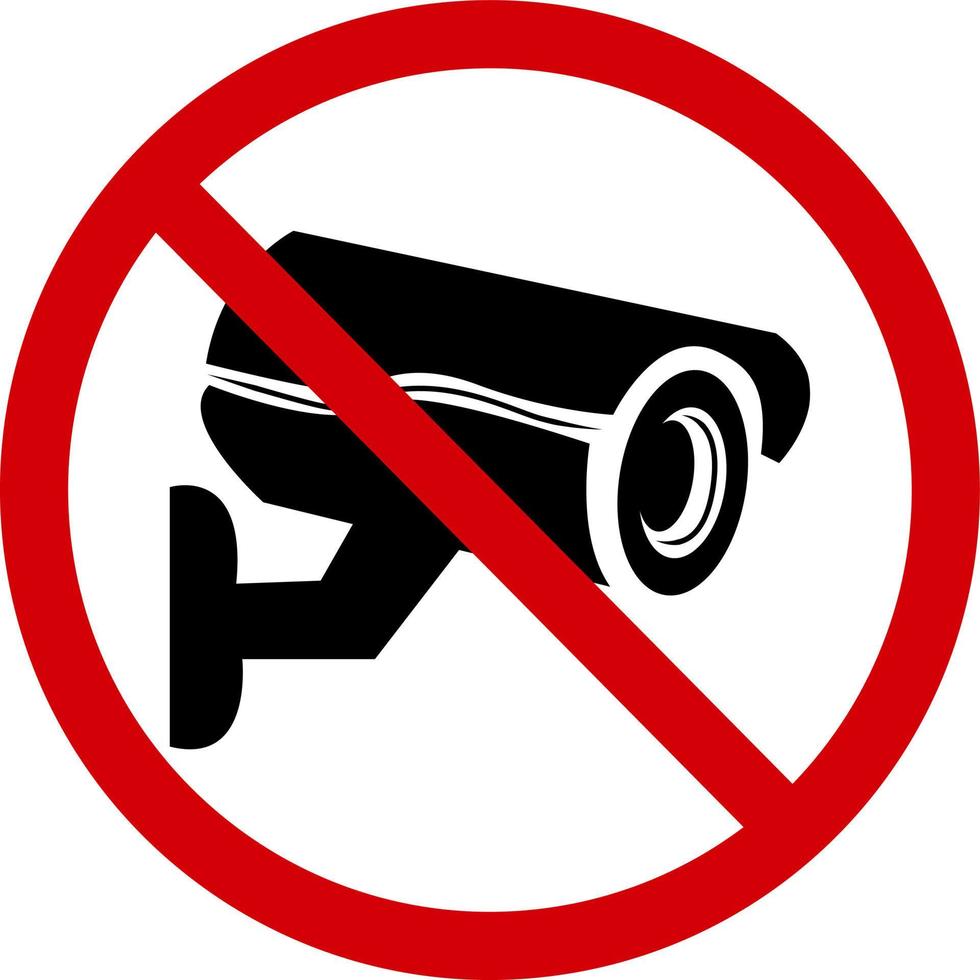

At least in some EU countries EULAs aren’t even valid in any way form or shape because they’re considered an unilateral attempt to force new contract terms after a sale, which is an implicit contract.
Absolutely, put a contract in front of people and say “sign here” before they pay and it’s valid (although even then, some terms are never valid since certain things can’t legally be signed away in a contract), try and force new contractual terms after a sale has been closed and it’s not at all valid.

Worry not: in 20 years’ time people born in 2028 will all pretty much look like kids to you.